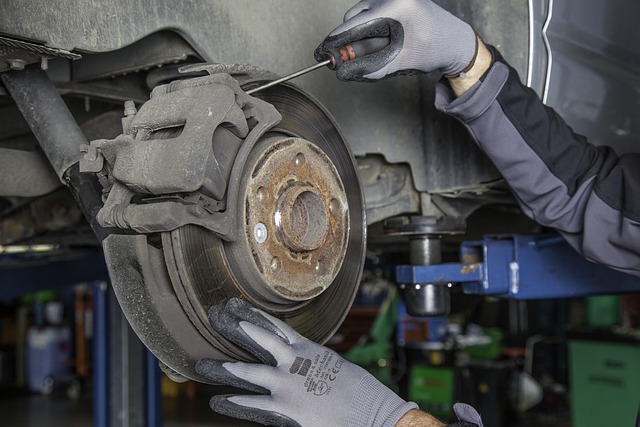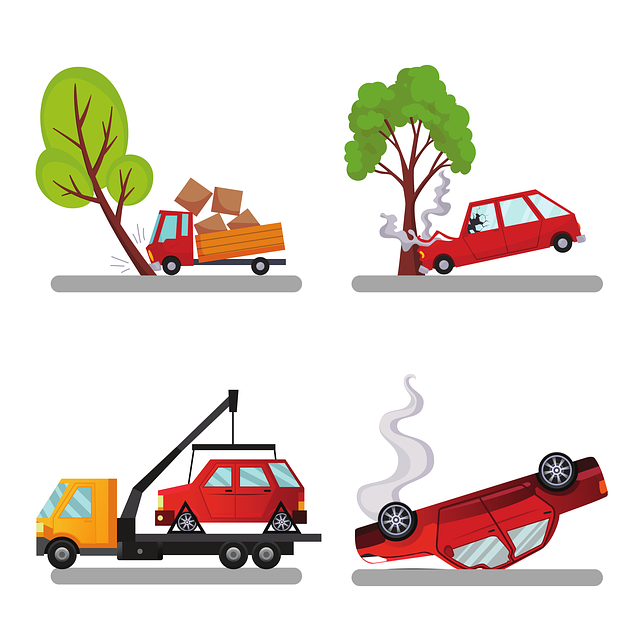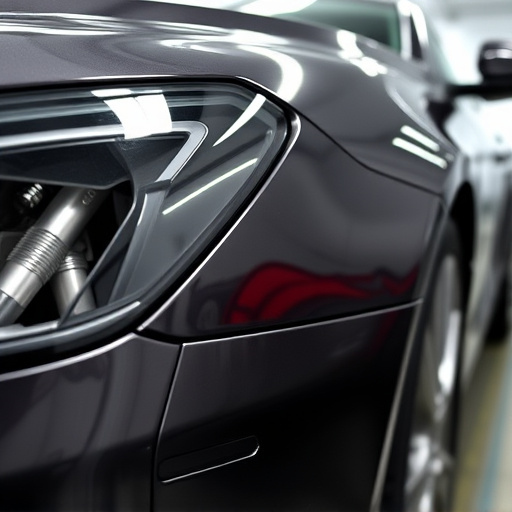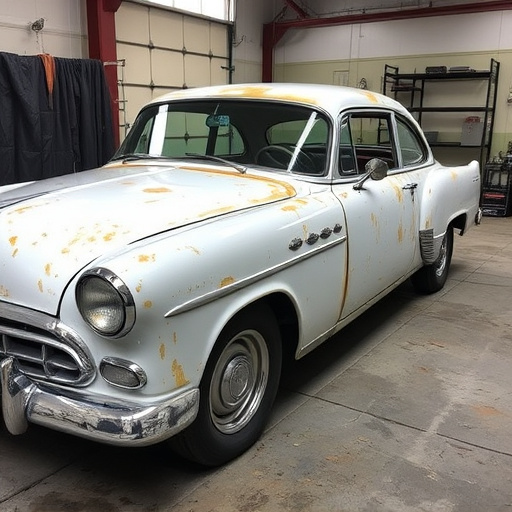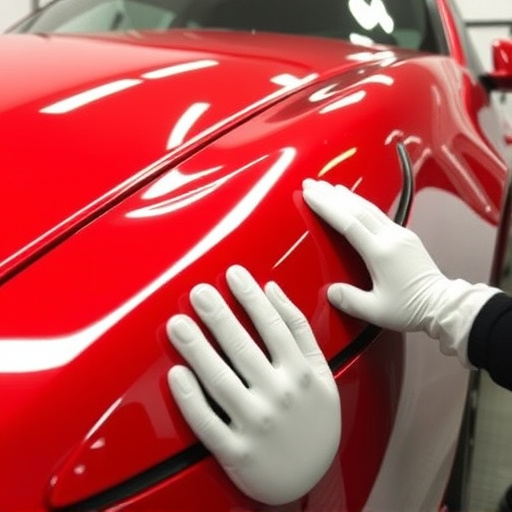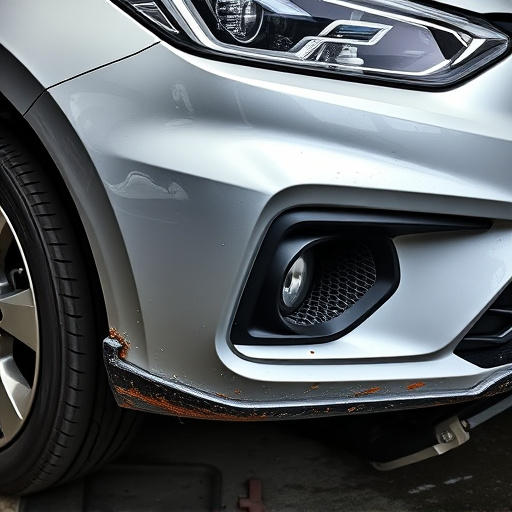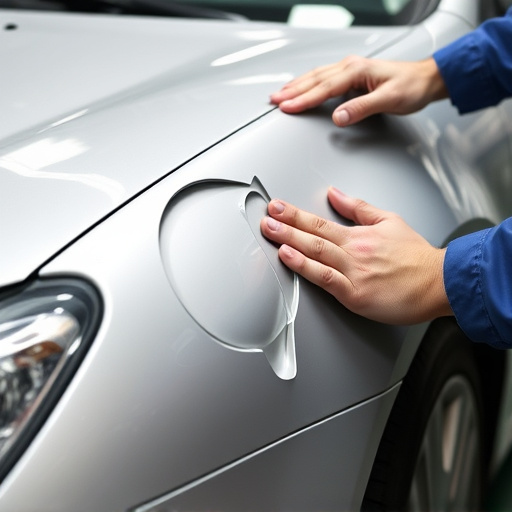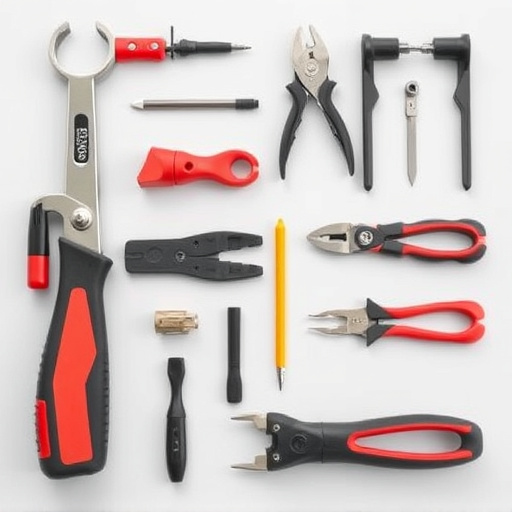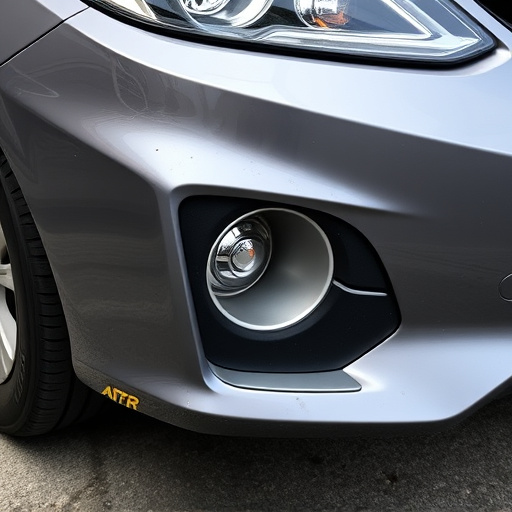After a collision, a visual inspection and specialized tools are used to assess fuel tank integrity, identifying cracks, leaks, or pressure issues. This thorough "fuel system collision check" ensures safety, prevents future hazards, and involves mechanics evaluating pump function, damage, and pressure output against manufacturer standards.
After a vehicle collision, a thorough fuel system inspection is crucial for safety. This guide outlines best practices for assessing critical components post-impact. First, evaluate the integrity of the fuel tank to prevent leaks. Next, inspect lines and hoses for any damage that could compromise fuel delivery. Lastly, verify the functionality of the fuel pump and injectors to ensure optimal performance and avoid further risks. Implement these steps for a comprehensive fuel system collision check.
- Assess Fuel Tank Integrity After Impact
- Inspect Lines and Hoses for Damage
- Verify Fuel Pump and Injector Functionality
Assess Fuel Tank Integrity After Impact

After a collision, assessing the fuel tank’s integrity is a critical step in the fuel system inspection process. It’s essential to look for signs of damage or leaks that could pose significant safety risks. Begin by visually inspecting the fuel tank for any visible cracks, dents, or deformations. Even small punctures can lead to serious fuel leaks over time. If possible, check for signs of corrosion as well, as this can weaken structural integrity and increase the likelihood of failure.
For a comprehensive collision center assessment, use specialized tools to test for leaks and monitor pressure levels inside the tank. These checks are vital in ensuring that the fuel system is safe to operate after hail damage repair or any other type of vehicle bodywork impact. Remember, a thorough fuel system collision check isn’t just about identifying immediate problems; it’s also about preventing potential hazards and ensuring your safety on the road.
Inspect Lines and Hoses for Damage
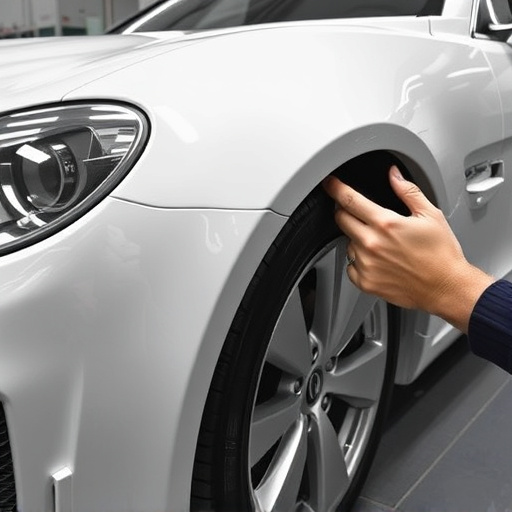
After a collision, one of the critical steps in a thorough fuel system inspection is to meticulously check all lines and hoses for any signs of damage. A fuel system is a complex network that can be vulnerable to compromises during a crash, as even minor disruptions can lead to serious safety risks. Inspecting these components ensures the integrity of the entire system and safeguards against potential failures.
Look for cracks, bulges, cuts, or separation along the length of lines and hoses. These defects could indicate structural compromise that might have occurred during the collision. Any damage should be promptly addressed through professional auto body services, as it is essential to prevent leaks, fires, or other catastrophic events that could arise from a damaged fuel system. Remember, proper collision damage repair involves not just restoring the vehicle’s exterior but also ensuring the safety and reliability of its inner components, including the fuel system.
Verify Fuel Pump and Injector Functionality

After a collision, one of the critical steps in a vehicle’s inspection process is verifying the fuel pump and injector functionality. This essential check ensures that your car’s fuel system is operating optimally and safely. A proper fuel system collision check involves assessing if the pump is delivering the right amount of fuel to each injector.
During this evaluation, mechanics inspect for any signs of damage or disconnection in both the fuel pump and injectors. They may also test the pressure output to guarantee it aligns with the manufacturer’s specifications. This meticulous process is crucial for preventing potential issues that could arise from a crash, ensuring your vehicle’s reliability, and promoting safety on the road, especially during the auto painting and vehicle restoration phases in a collision center.
After a vehicle collision, a thorough fuel system inspection is crucial for ensuring safety. This process involves several steps: assessing the integrity of fuel tanks, examining lines and hoses for any damage, and verifying the functionality of critical components like fuel pumps and injectors. By adhering to these best practices, you can effectively navigate a fuel system collision check, minimizing potential risks and ensuring your vehicle’s reliability.


